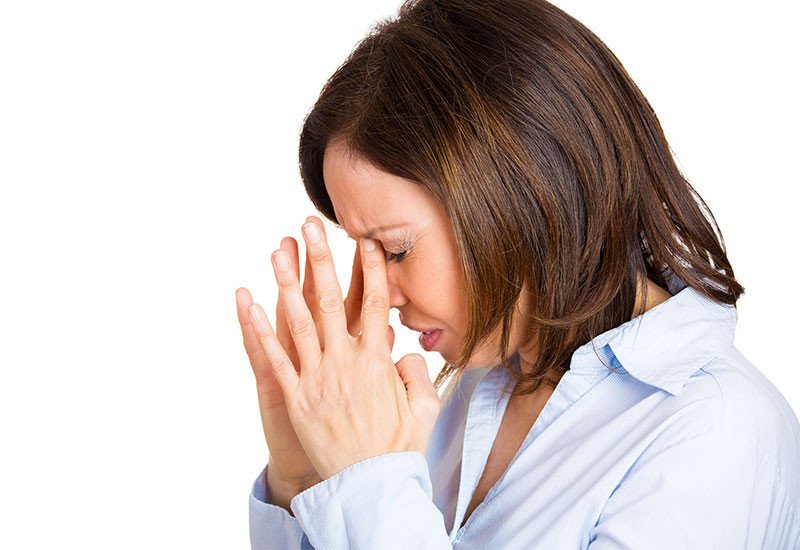Menopause is a natural process that all women must contend with as they age. As women age, the ovaries stop producing eggs. This leads to the decline of female hormones, particularly estrogen and progesterone.
There’s also other contributing factors that can lead to menopause, such as disease and cancer treatments.
Women go through Menopause at different stages of their life. According to leading medical universities, menopause often occurs between the ages of 45-55. This time is known as the Perimenopause stage. During this stage, periods become more irregular and begin to decline. When a woman goes 12 months without a period, she has reached menopause.
Estrogen is the primary hormone in a women’s body. Estrogen is essential to growth and health of a women’s reproduction system. It ensures the vagina is kept moisturized, elastic and healthy. Estrogen also ensures that the reproduction system gets enough blood.
Two important hormones you need to know are Progesterone and Testosterone. In addition to estrogen, levels of other hormones produced by the ovaries—progesterone (another female hormone) and testosterone (a male androgen hormone produced at much lower levels in women)—are also changing during your midlife years.
Intermittent decreases in progesterone affect menstrual periods more than they affect sexual function, but age-related declines in testosterone may dampen libido (sex drive) in midlife women, although this remains controversial. The fact that estrogen declines more than testosterone leads some to believe that libido should not decline at menopause. The decline in testosterone in women is solely age-related, not menopause-related, and begins years before perimenopause.
Women can have a wide range of symptoms during menopause. Many women complain about hot flashes but some do not report any symptoms. Some women have reported dizziness, pain, trouble sleeping and mood swings.
A lack of estrogen in your body can lead to menopause symptoms. If you’ve had a hysterectomy, you can experience a sudden loss of estrogen. Estrogen is very important for your body. Just like any other thing in your body, as you age, declines will happen.
If your body is not producing estrogen, you can experience a lot of pain and discomfort. The good news, there’s medications out there that give your body the estrogen it needs. One such example is Estradot. Estradot 50 ug patches can be prescribed by a doctor to give you the estrogen your body needs.
Estradot can also help you avoid osteoporosis. The lack of estrogen in your body can cause osteoporosis because your bones depend on estrogen for maintaining and repairing bone strength.
Hormone replacement therapy (HRT) is another treatment option you may have. However, studies have shown us that long-term use of HRT can be damaging to your body. Women who have a uterus can be prescribed estrogen-progestogen therapy, also known as EPT. Women that don’t have a uterus take ET, referring to taking estrogen alone.
Both HRT and EPT have pros and cons.
Vitamin supplements can be another option you want to consider. Calcium may help with your bones as well as Vitamin D. However, there’s no evidence to support that.
Women should think hard about their choices and options. Talk to your doctor and make sure you ask about all possible treatments. Menopause can be painful as we’ve defined in this article. It’s a tough time for any women and I hope you can find the support you need during these trying times.
For those of you ladies that are in your 20s-30s, this shows the importance of living a healthy life and taking care of your body.
If you feel menopause is the cause of your pain and symptoms, it’s time to speak up. It never hurts to ask questions, so don’t be afraid to ask your doctor. Your doctor likely knows you well and he/she can make the best decision for your unique case.

